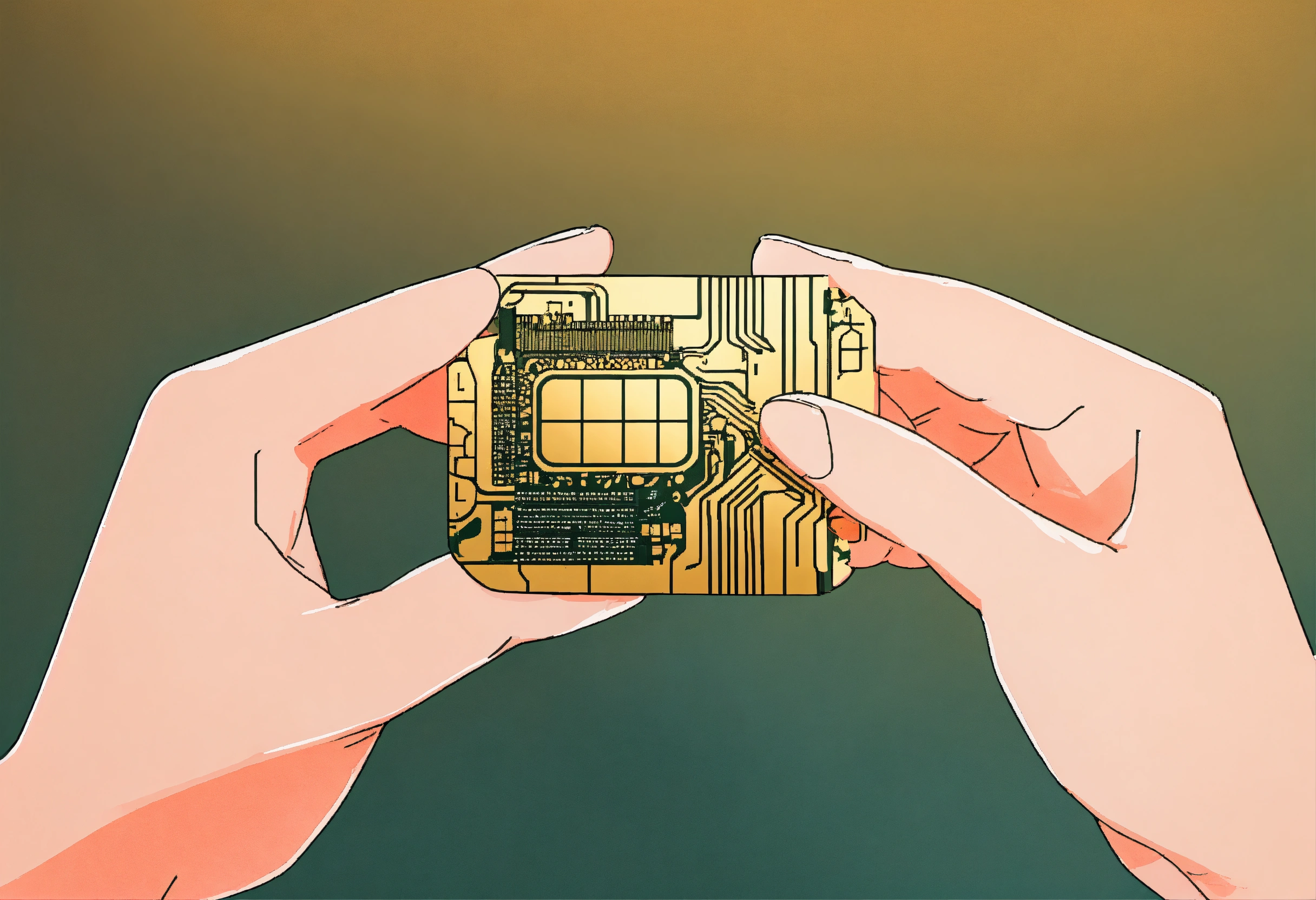RFID (Radio-Frequency Identification) technology is fundamentally reshaping how identification systems operate across various industries, including the ID sector. If you’re seeking to understand how this technology works and how it can benefit you, you’ve come to the right place. RFID combines radio waves and smart tags to streamline processes and enhance security in ways that traditional identification methods cannot match.
At its core, RFID consists of two main components: tags and readers. An RFID tag is a small device that can be embedded in an ID card, badge, or any other form of identification. It contains a chip and an antenna that communicates with an RFID reader. When you bring an RFID-enabled ID card close to a reader, the reader sends out a radio signal, energizing the tag and prompting it to send back its unique identification information.
What makes RFID so efficient is its ability to operate at various distances. Depending on the type of RFID system, you can read tags from a few centimeters to several meters away, which eliminates the need for manual scanning and significantly speeds up the identification process. This is particularly useful in environments where time is critical, such as in airports or entrance to secure facilities. Instead of fumbling through your cards or badges, you only need to present your RFID-enabled ID within proximity to the reader for it to be read.
In the ID industry, RFID technology is being adopted for various purposes. For example, in schools, RFID-enabled student ID cards help streamline attendance tracking, allowing teachers to simply scan a list as students walk through the doorway. This not only saves time but also ensures accurate record-keeping, which is beneficial for both educators and parents.
Similarly, RFID technology plays a vital role in event management. When you attend a concert, festival, or conference, you may find RFID wristbands or badges that enable quick access to the venue. This technology allows for seamless entry while also providing organizers with real-time data about attendance, enhancing overall event experience.
Security is another major advantage of RFID technology in the ID industry. RFID tags can be encrypted, providing an extra layer of security that is not typically found in traditional ID methods. This makes it harder for counterfeiters to replicate IDs, thereby protecting your identity and personal information. Additionally, RFID systems can be designed with anti-collision protocols, allowing multiple tags to be read simultaneously, which adds a level of security and efficiency when large groups of people are processed.
As RFID continues to improve, the range and efficiency of identification processes will only expand. With your understanding of how RFID technology works in the ID industry, you can appreciate its practicality and revolutionary potential. Whether you’re a business owner looking to enhance security, an event organizer aiming for a seamless experience, or simply someone interested in the future of technology, RFID is undoubtedly a game-changer in the world of identification.




